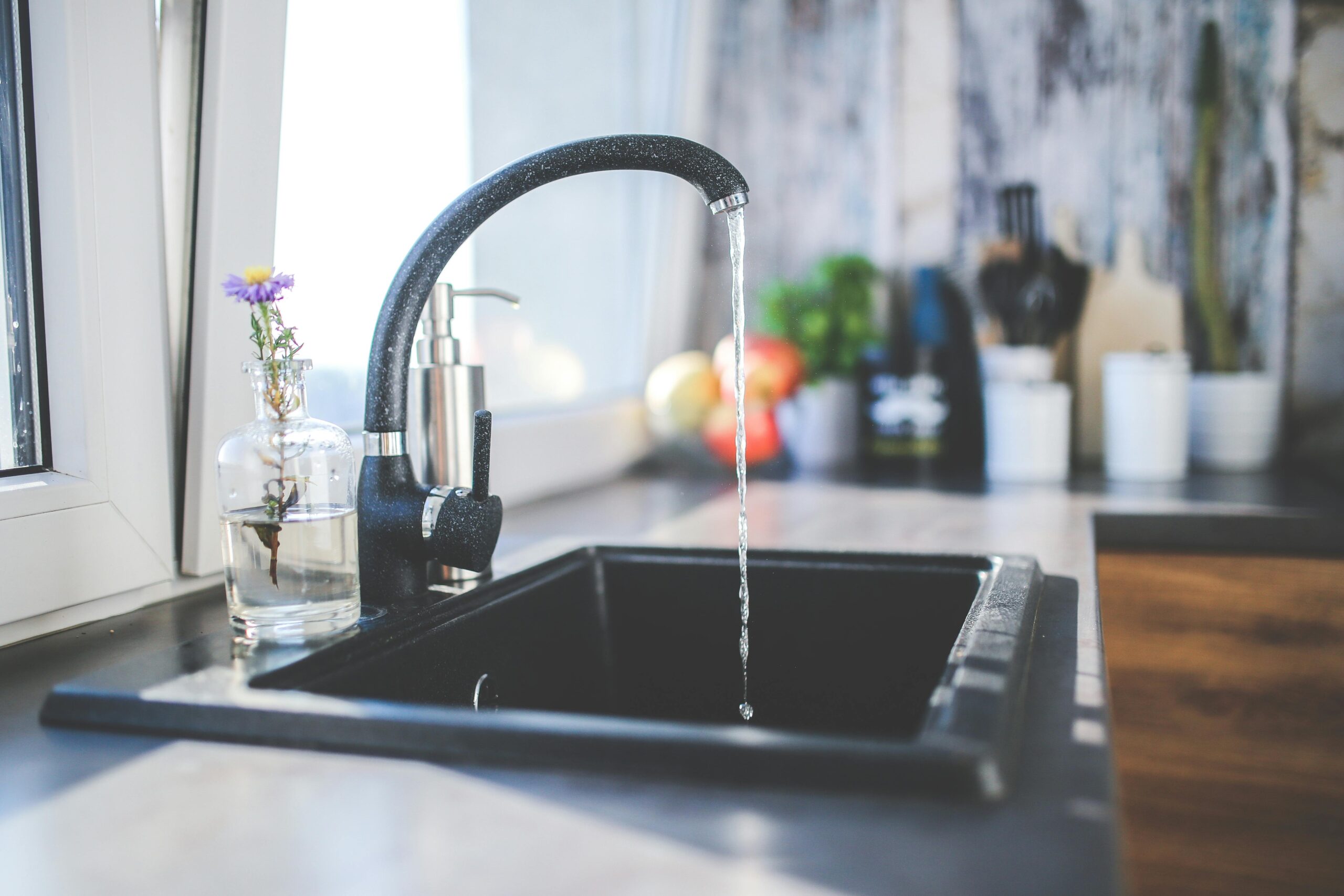Water is an essential ingredient for not only maintaining our health but creating delicious and nutritious dishes. Safeguarding the culinary water supply involves a multitude of processes and procedures aimed at ensuring that every drop that emerges from your kitchen tap is clean, safe, and healthy. Tackling this topic from tap to table dives into the mechanics of providing safe culinary water supply.
The importance of Safe Water
Safe drinking water is invaluable for ensuring good health and well-being. Contaminated water is a major cause of numerous diseases such as cholera, giardia, salmonella, hepatitis A. By promoting a safe culinary water supply, countries can drastically reduce the burden of disease on their population.
Water Treatment Process
The journey of taking raw, possibly polluted water and transforming it into a safe culinary water supply involves several steps including coagulation, sedimentation, filtration and disinfection. Each of these stages serves its own purpose in eradicating different types of contaminants present.
Focusing on Filtration
Filtration makes use of barriers which separate impurities from the water based on size exclusion or other properties. There are various ways to filter the water including using activated charcoal, ceramic filters or by means of reverse osmosis. Filtering helps in removing several impurities such as suspended particles, microorganisms and some types of organic and/ or inorganic dissolved impurities.
Disinfection – The Last Step
Disinfection is usually the final step in the treatment process that ensures riddance from any microorganisms that would have survived previous treatment stages. Common methods include chemical disinfection with chlorine or using ultraviolet light.
Maintaining Infrastructure
A crucial aspect beyond the processing plant is maintaining the infrastructure that transports water from facilities to taps. Without robust and clean pipes, clean water can quickly become contaminated. For information about such infrastructures, feel free to Visit FergusonsAus Twitter account.
The Role of Monitoring
Continuous monitoring and periodic testing of water quality are critical to ensuring a safe culinary supply. This includes checking for chemical, physical and biological parameters in accordance with local regulations and international standards.
Water Supply Challenges
Despite all the technological advancements, providing universally safe culinary water remains a challenge. A myriad of issues including climate change, industrial pollution and inadequate infrastructures have made the job increasingly complex.
Climate Change and Water Quality
Climate change is influencing the quality & availability of water resources globally. Rising temperatures, changes in precipitation patterns and increased frequency of extreme weather events pose significant impacts on the quantity and quality of available freshwater resources.
Industrial Pollution: A Grave Threat
An unchecked industrial growth can release harmful pollutants into water bodies that form a source for our culinary supply. Ensuring strict regulations on waste discharge by industries thus becomes essential.
Going Beyond Tap: Bottled Water
An important element in the safe culinary water narrative relates to bottled water – an industry which is booming. While it may appear convenient and seemingly safer, it may not always be the case as quality control practices vary wildly across different brands.
Home Water Treatment
Some consumers may choose to provide an additional safeguard by treating their tap water at home using systems such as activated charcoal filters or ultraviolet disinfection units. However, these should be viewed as supplements rather than replacements for communitary water treatment procedures.
Public Awareness and Education
Raising public awareness about the importance of safe culinary water and encouraging responsible usage is equally important. Everyone has a role to play in conserving this precious resource.
The Journey Forward
Ensuring safe culinary water supply from tap to table is no small feat, it involves a multi-disciplinary approach that encompasses science & technology, regulations & policy making, infrastructure development and community engagement. By continuing to innovate and improve upon current methods and techniques, whilst keeping public health at the forefront of their objectives, communities can provide their people with a clean and safe culinary water supply for today and tomorrow.

